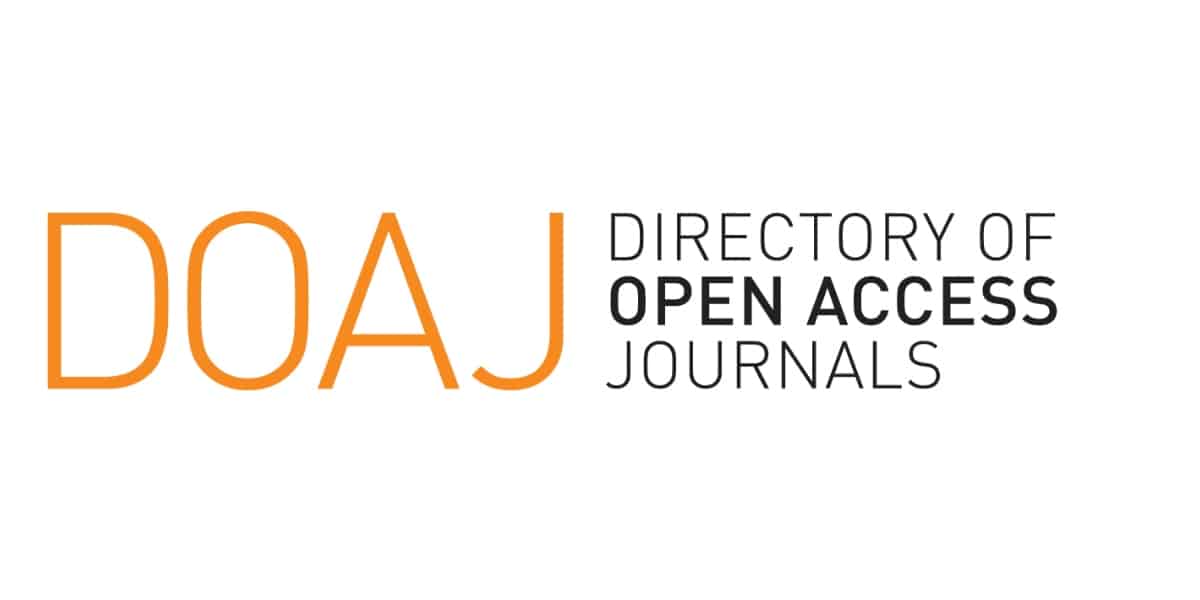Review of Florpyrauxifen-Benzyl Herbicide: Bringing Current Global Knowledge for Environmental Impact Mitigation in the Indonesian Context
Keywords:
florpyrauxifen-benzyl, herbicide, weed, environmental impact, sustainable agricultureAbstract
Florpyrauxifen-benzyl, a synthetic auxin herbicide, has recently been introduced for weed control in rice cultivation in Indonesia. However, limited research has been conducted to investigate its environmental impacts, particularly in the Indonesian context. This review article aims to provide a comprehensive overview of the current understanding of florpyrauxifen-benzyl, based on scientific articles published by global scientists over the past six years. The article systematically reviews and categorises the development of studies on florpyrauxifen-benzyl into three main clusters: weed control efficacy, residue fate and environmental impact. The weed control cluster examines the efficacy, selectivity and potential resistance issues associated with the herbicide. The residue fate cluster focuses on method development, residue measurements in different matrices and degradation pathways. The environmental impact cluster will address the holistic ecological impact of florpyrauxifen-benzyl, including effects on environmental quality (water, sediment, soil), micro-organisms, non-target agricultural crops, fauna and humans. This compilation of current knowledge on florpyrauxifen-benzyl will serve to inform environmental mitigation strategies and identify knowledge gaps that require further investigation in the future to support sustainable agricultural practices in Indonesia.
















